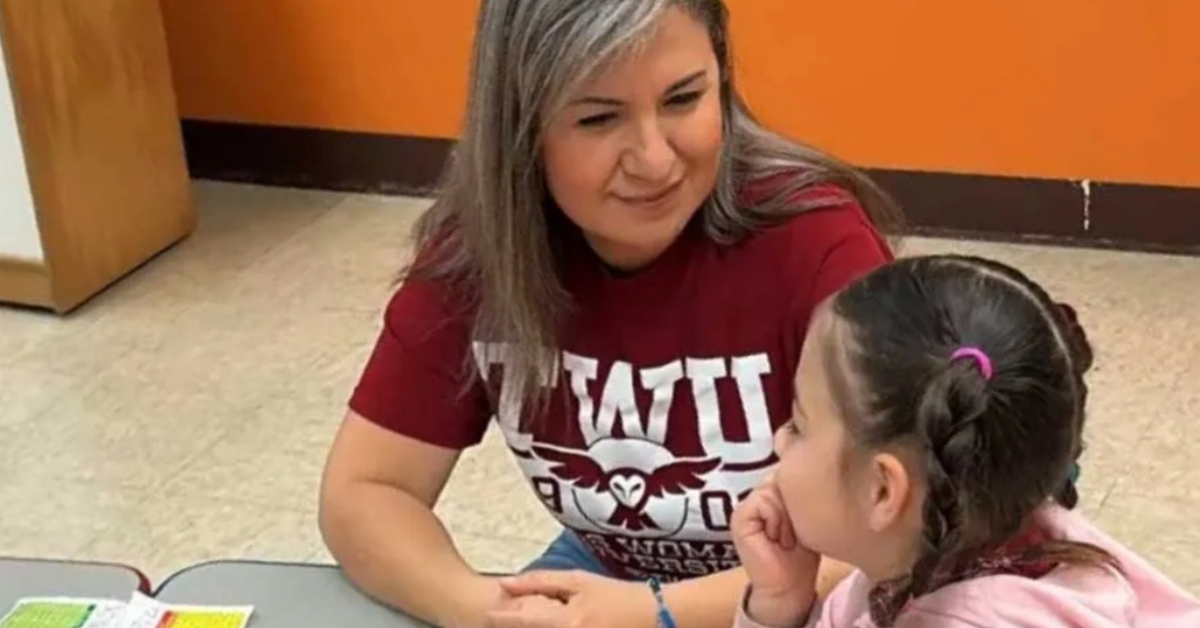
Houston ISD recently held its first community meeting on the proposed “co-locations” of 15 campuses, under the $4.4 billion Renew HISD bond initiative which will be on the November 5th election ballot.
This bond proposal is part of a larger initiative to address HISD’s declining enrollment and financial constraints, as well as the need for updated and secure school facilities.
If the bond passes, students from eight schools would move to seven existing campuses. The district plans to spend $580 million on renovations and rebuilds to serve the increased number of students.
During the meeting, HISD officials outlined the logistics of the co-location plan for Edison Middle School and Franklin Elementary School and emphasized the importance of maintaining continuity in the student experience. The co-locations would allow schools to share larger communal spaces, such as cafeterias and gymnasiums, while still operating independently with separate staff and student bodies.
This structure aims to help schools retain their unique identities and minimize disruption to both students and staff during the transition process.
HISD leaders, including Najah Callander, senior executive stated that the new school facilities would not be completed until at least August 2028.
HISD’s leaders also reiterated that this bond is part of a broader strategy to avoid closing schools.
In past discussions, HISD considered reducing the number of campuses, rezoning, or using bond funds to fix fewer schools.
However, the district rejected the idea of closing schools and sought a solution that would benefit more campuses while addressing declining enrollment.
All co-location meetings will follow the same format: a 30-minute presentation followed by an interactive Q&A session. Attendees were encouraged to share their concerns and questions about topics such as safety, transportation, and academic quality by writing on sticky notes and placing them around the meeting space. This method of feedback collection was designed to encourage open communication between the district and the communities affected by the co-locations.
The district’s enrollment has been on the decline for several years, which has added pressure to HISD’s financial stability. Co-location is seen as a potential solution to reduce operational costs while maintaining student services and academic quality. HISD senior executive director of support, Daniel Soliz, underscored the district’s commitment to providing the best educational experience for all students and keeping them within HISD. He emphasized the district’s intent to ensure that the learning environment is as stable and supportive as possible during the transition process.
The potential for significant renovations and new construction under the bond was also discussed, with the plan aiming to modernize school facilities and address safety issues such as heating, ventilation, air conditioning, and lead abatement. HISD officials explained that these updates are critical to providing safe, modern, and effective learning environments for students. One notable example shared during the meeting was the case of Project Chrysalis Middle School, which was moved to temporary modular buildings after Hurricane Beryl due to the poor condition of its original campus. The bond would enable the district to rebuild and renovate campuses like these, providing long-term solutions to safety and facility concerns.
District officials shared information about the 2012 bond, which focused on high school improvements.
The Renew HISD bond aims to address these remaining issues by providing upgrades across all school levels, benefiting elementary, middle, and high schools alike.
Stay updated with the latest HISD news! Download our new HISD Source app, available for both Android and Apple devices.













